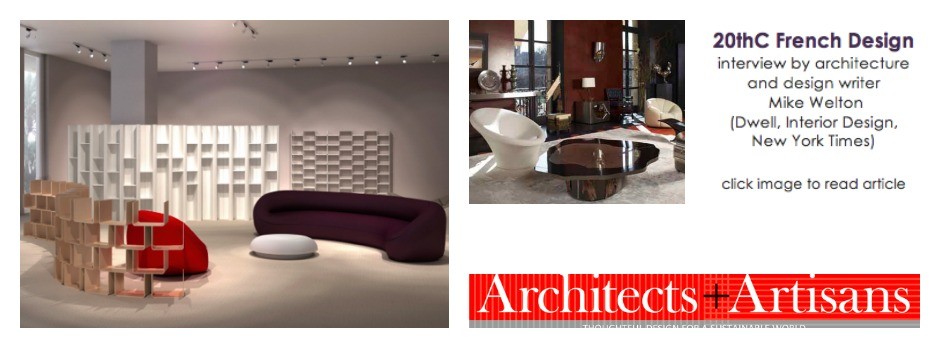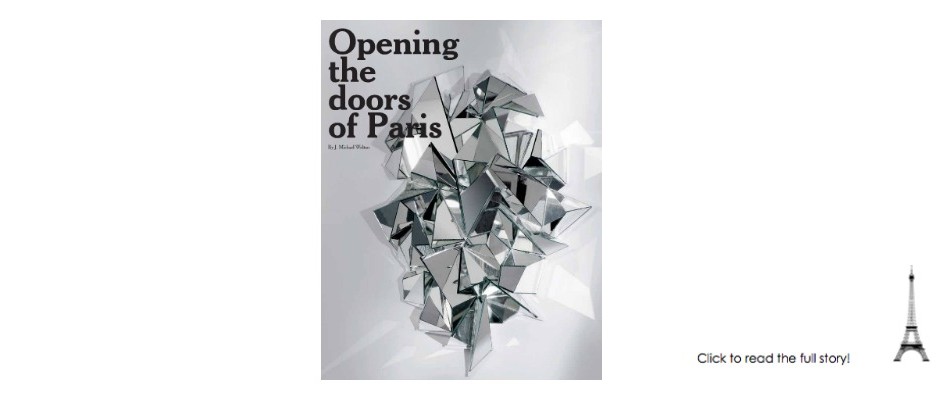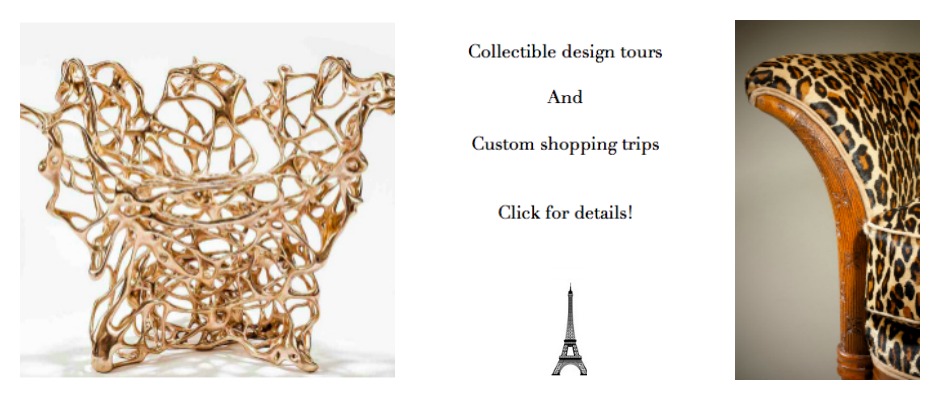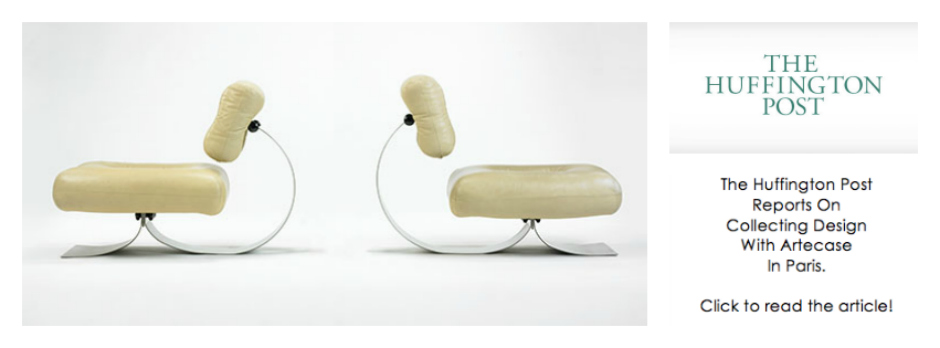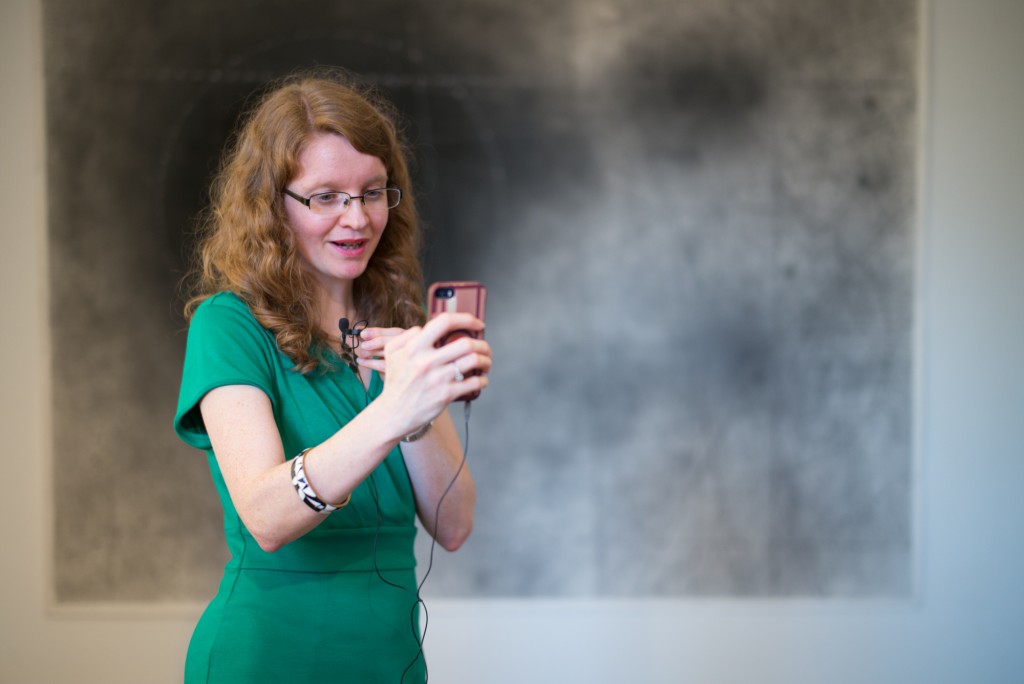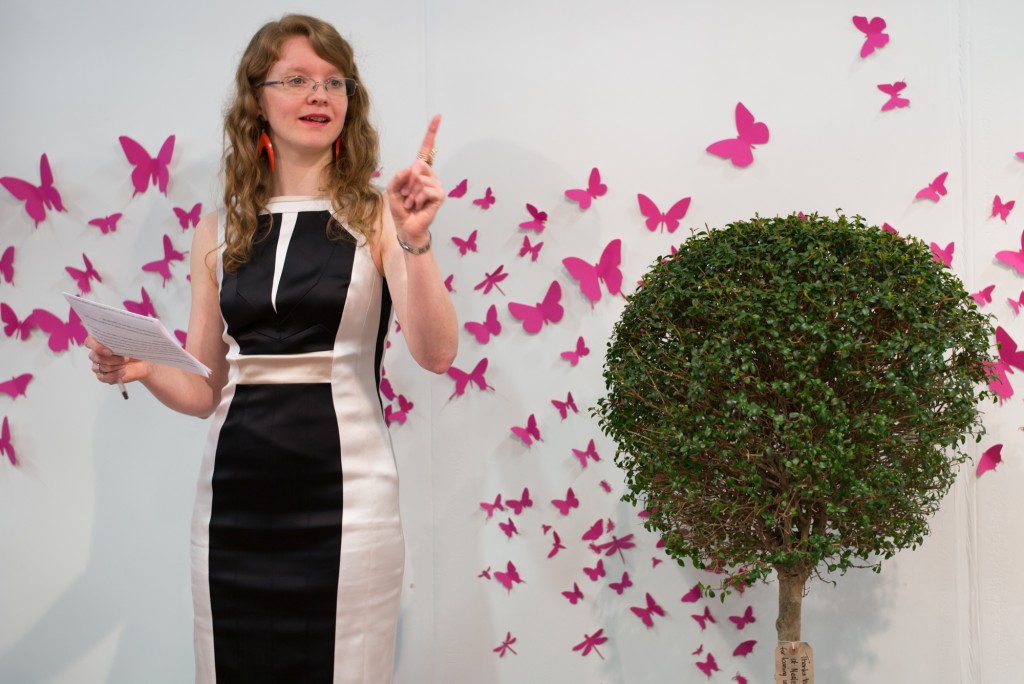
We fell in love with a London-based weekly newsletter about art earlier this year. It’s called Sunday Reading and is produced by Susan Mumford, an American in London, who is the founder of two organizations that provide support to art world professionals: the Association of Women Art Dealers (AWAD) and Be Smart About Art.
Susan has been spending more and more time in New York in the recent years as AWAD is becoming established there to great success. Recently this group has started opening up to collectors who are interested in learning more about the art market.
We thought that her expertise garnered over years of experience in the professional art market (She was an advisor and gallerist before founding AWAD.) would offer some interesting insights to you as collectors and enthusiasts of collectible design.
Q&A with Susan Mumford
As someone who is in constant contact with the entire spectrum of professionals (artists,gallerists, dealers, advisors….) in the fine art world, can you offer 5 tips about the professional arena that could enlighten potential collectors in art as well as design.
- Don’t be surprised if artists in your collection or those who you follow change style. Think of Picasso – he’s celebrated as a 20th Century Master as he continually reinvented himself. Therefore, you become an ambassador for artists and support their ongoing creative development.
- The majority of artists and dealers are happy to work with you based on your budget and requirements. Whether you want to pay by installment or would like to have a bespoke piece for a specific setting, sound them out and see what’s possible.
- The general commission split between artists and galleries is 50/50 (though there are many variations). This is normally a surprise to people outside the industry. The costs of participating in fairs and/or running bricks and mortar premises are high. So long as dealers earn their commission, the makers are generally happy for them to receive this amount. Better to get something than zero of nothing.
- The price of a pieces on the primary market* should be the same regardless of where exhibited & sold – gallery, studio, online marketplace, you name it. If you ever see artists who are discount gallery prices in the studio, they’re most likely not professionals, as this indicates that they haven’t established market values.
- If anything is stopping you from buying a piece, be that how to frame, install, insure, et cetera, ask the seller how they can help. They’re experts and know how best to look after works. Sometimes additional services are chargeable, and other times they’re included in the price. Don’t ask, don’t get.
*This is the first time a work of art sells.
What are your top 5 guidelines for people just starting to collect?
- Determine why you’re collecting – pleasure, investment, or a combo of the two.
- Buy what you like.
- See a lot of art.
- Once you find a piece you like, research the artist and seller. (Ask yourself: Does the pricing make sense? Is the maker’s profile along the lines of the collection you’re building?)
- Set your annual budget.
Are advisors worth the investment? Why? And do you have advise about choosing One?
Needless to say, it depends on the advisor. They work at all levels of market, from bottom to high end. What can be surprising is that they can often get you the best price and sometimes even save you money. There’s no doubt that they can advise as to whether or not your budget is realistic for what you want to purchase, and they will also know where and how to source to save you time and effort. As with so many things in life, you get what you pay for.
What is a fair pricing structure for this service?
There are so many different services offered by advisors that this could be a long answer!
Take note that they should not be charging commission on top of acquisition prices. They should take commission from the seller (whoever that is, artist or dealer), not from both ends.
If there’s going to be ongoing work for a client, they might charge a monthly retainer or bill monthly based on time worked. Some advisory firms have collectors pay a set amount into a client account in order to come onboard, from which their services and sometimes acquisitions can be paid.
As a general principle, consulting fees pay for advisor costs and expenses, and commission on sales that they successfully broker is where their profit lies. The art world is unregulated and there are numerous scenarios as to how advisors arrange terms. Make certain it’s fair, do your research prior to proceeding and pay attention to your gut instinct.
Where is a good place to start learning about art or design?
Soak in a lot of it! See local shows, attend fairs and make it to some of the major ‘art weeks’ and events, close to home and internationally. Important events include Miami Art Week / Art Basel (Miami, Switzerland and Hong Kong), Armory Week, Maastricht and Frieze Week (London and New York). After looking a lot, you’ll start to understand your own eye.
(We would add a few more events that are specific to design: Design Miami in Miami and Basel, Switzerland, PAD Paris and London, the Biennale in Paris, and Collective Design, NY just to name a few …)
~~
If you found this interesting we encourage you to subscribe to Susan’s blog.
Also, Be Smart About Art is fundraising the self-publication of the top 100 posts from the first two years of the ‘Sunday reading’ series. Each story will be accompanied by the original accompanying image, a visual interpretation of the concept. With a distributor already on board, the book is destined for the shelves of museums, galleries and book shops.
“Like the rest of Be Smart About Art’s work, Susan Mumford’s weekly blog takes a fresh, down-to-earth approach to the business of art. Always a great read, it answers the vital questions that you didn’t even know you wanted to ask.” -Ivan Macquisten, former Editor, Antiques Trade Gazette
They’re asking for your support: Watch the 2-minute video discover full details and pre-order a copy of the printed publication at http://bsaa.co/sundayreadingtop100
Susan Mumford and Lennox Cato – antiques dealer debate on whether physical galleries are still necessary at Olympia Art and Antiques Fair. 2011 Hosted by Antiques Trade Gazette. Antiques Trade Gazette
Susan giving a Periscope tour at ‘Mapping Time’ (Joanna Bryant Projects + Julian Page) at #bsaaff Be Smart About Art First Fridays (June 2015)
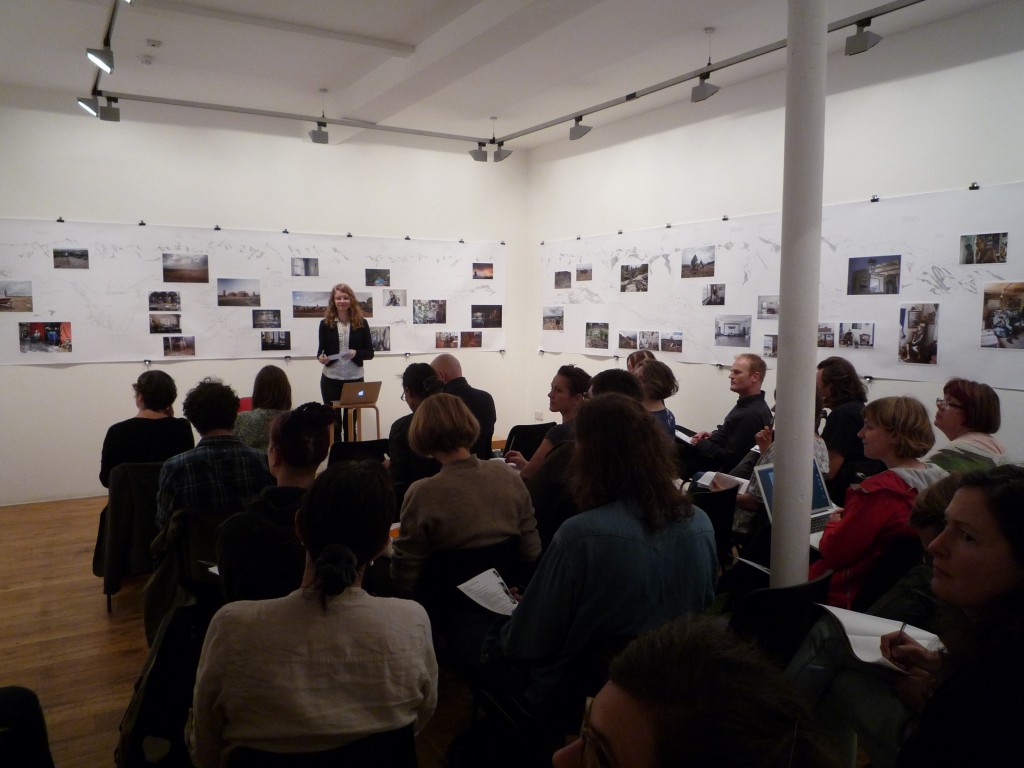 Susan presenting professional development workshop at Four Corners Film Production, London.
Susan presenting professional development workshop at Four Corners Film Production, London.
Join our mailing list to receive our blog posts and regular art and design updates from Paris and beyond!
Collecting Design Begins in Paris. Come Find your Inspiration!

